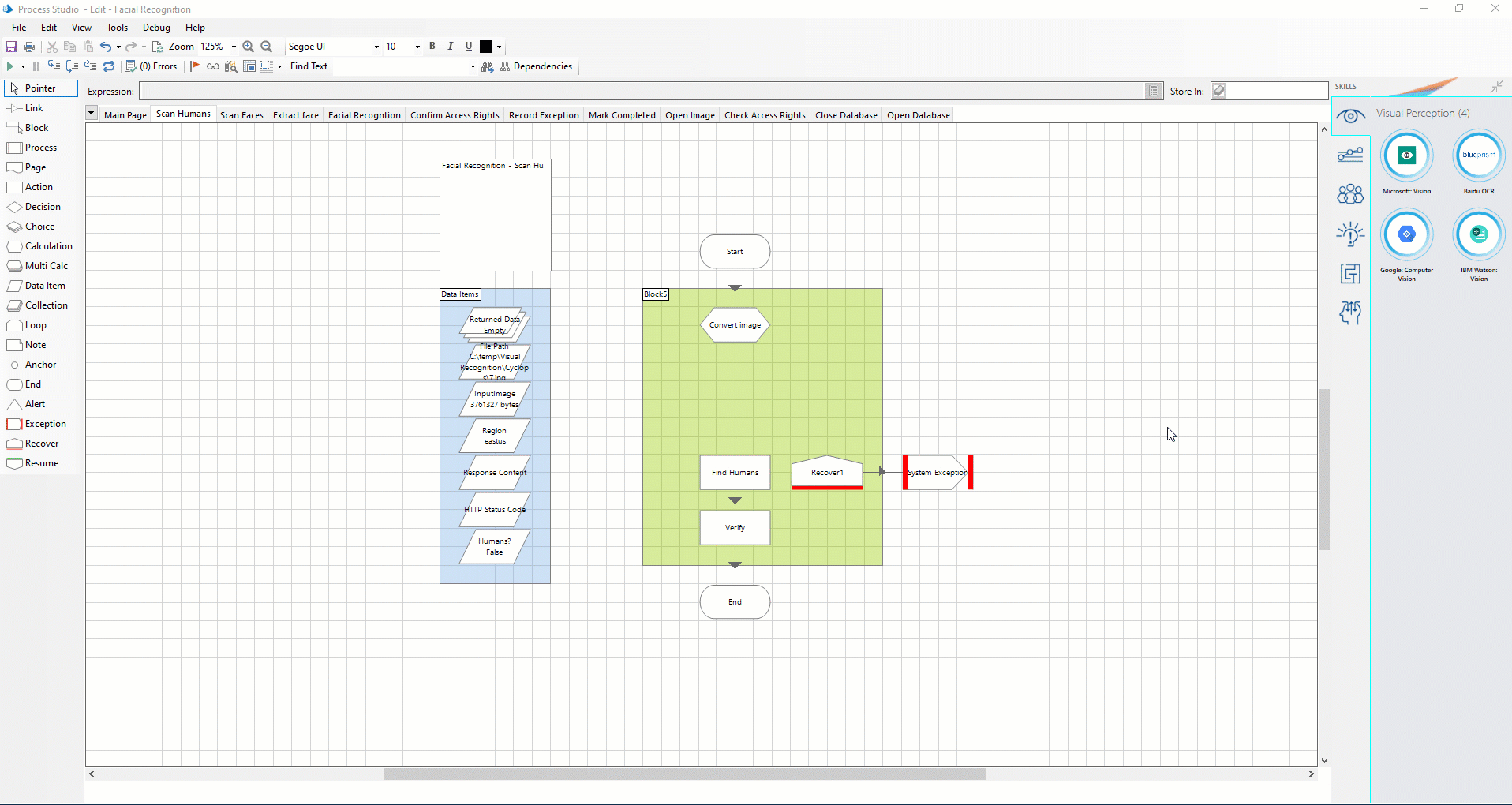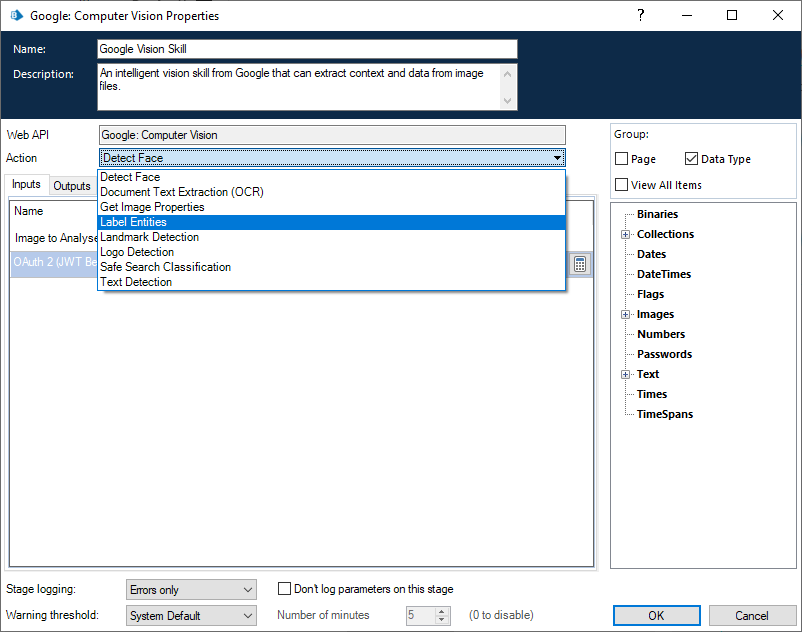Blog
RPA and AI: The Ultimate Team-Up
Contact Us
Intelligent technologies are all around us. Virtual assistants tell me the weather when I ask. My favorite band was recommended to me by my music app. Even the route I take to work adjusts in real-time. These seamless, intelligent interactions have created an experience that we now expect from all the services we use. However, the reality is that aside from a few companies, the daily transactions and interactions we experience are still far from seamless and intelligent.
It’s understandable. For most businesses, getting the expertise and workforce to create a seamless, intelligent experience for customers and employees is far from their core competency and may seem fiscally unrealistic.
But the truth is that RPA, Robotic Process Automation, has completely changed the calculus in leveraging intelligent services. With RPA, implementing intelligent technologies into business processes is cheaper, easier and more accessible than ever before.
Before RPA, specific technical ‘piping’ had to be coded into place to reach these intelligent services. Then further infrastructure had to be built to connect those results to actions within the business. In addition to hiring the right people, the time it took to complete the infrastructure builds and the intense security checks that had to be coded in made most these projects prohibitively expensive. In the projects that did proceed, the final product was often rigid and inflexible—not acceptable for the dynamic times we live in.
I’ll give you an example, Natural Language Processing (NLP) is a supremely useful tool for customer facing teams. Among other uses, it can quantify:
Let’s say a business decided to build a robust and secure way to perform sentiment analysis with incoming emails and use the resulting data to trigger a process in another part of the organization. This is a great plan that will yield quality customer interaction data that will inform their decision-making process. Unfortunately, 6 months after this tool is deployed and in use the customer teams realize that because of their wide product library an entity analysis tool would be way more useful than sentiment analysis. In a Pre- RPA era this project would need to be almost completely rebuilt to focus on the new objective, entity analysis. That’s another big investment and, as we saw, it's always unclear what changes or discoveries we will find in the future that will necessitate another rebuild.
But we live in a different time.
With RPA and intelligent automation, NLP integration can be completed in less time than it takes to order a coffee. And the data returned from these cognitive tools can initiate real work by automating actions that normally require hands on keyboards and working across applications.
Using Blue Prism’s Digital Exchange, it is possible to download and import a Natural Language Processing Skill—which are available from any one of your favorite AI providers like Google, Microsoft, and IBM—drop that Skill into a process and configure it with a myriad of abilities including the few mentioned in the example above:

And, just like in the example, when a strategy changes, an additional skill can be dropped into a process or the original skill ability can be easily changed.

What we have seen at Blue Prism is this accessibility to advanced cognitive automation is driving accelerated innovation throughout enterprises. It has put the technology in the hands of business and customer teams.
Before Blue Prism, these teams knew where process improvements were needed, and they knew how these cognitive technologies could be applied to improve those processes. But there was a disconnect in practically implementing the technology.
Today, with Blue Prism many non-technical business teams across the world are implementing AI technologies in ways that are improving the customer experience and increasing internal efficiency. AI technology is finally becoming democratized.
If your network blocks YouTube, you may not be able to view the video on this page. In this case, please use another device. Pressing play on the video will set third-party YouTube cookies. Please read our Cookies Policy for more information.